Having over 3000 different varieties, tea is the world’s most consumed beverage right after water.
In this article, we will see the methods using which the same tea plant, scientifically named Camellia sinensis, gives rise to five different kinds of tea namely Black, Oolong, Yellow, Green and White.
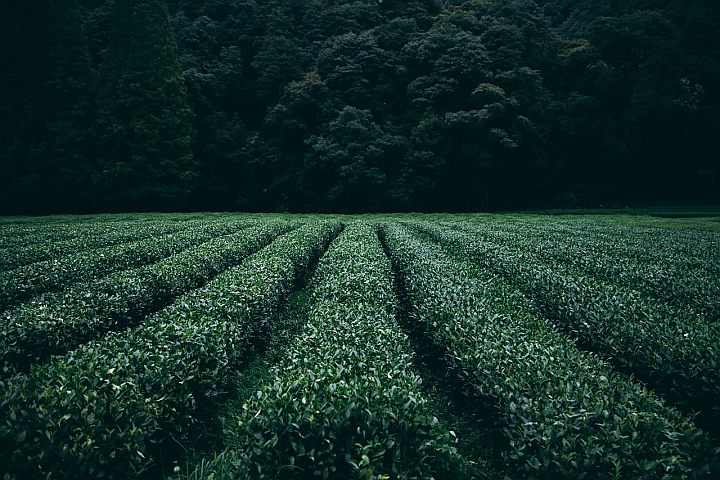
The secret that makes different kinds of tea from the same tea plant lies in the processing of the leaves. If you drink green tea for weight loss, it gives you not only potential health benefits and great health but also helps you to lose weight healthily and effectively.
Most kinds of tea go through a similar process which involves plucking, withering, rolling, oxidation and drying or firing. Changes in these processes give rise to different kinds of teas.
- Plucking
The bud and two little leaves are plucked by pickers from the plants as these make the finest tasting tea.
- Withering & Steaming
Withering is an important step for oolong, white and black teas.
Post picking, the tea leaves are places in big indoor locations where they are exposed to hot air.
Withering reduces the water content of the leaves and makes them flexible enough for the next process which is rolling.
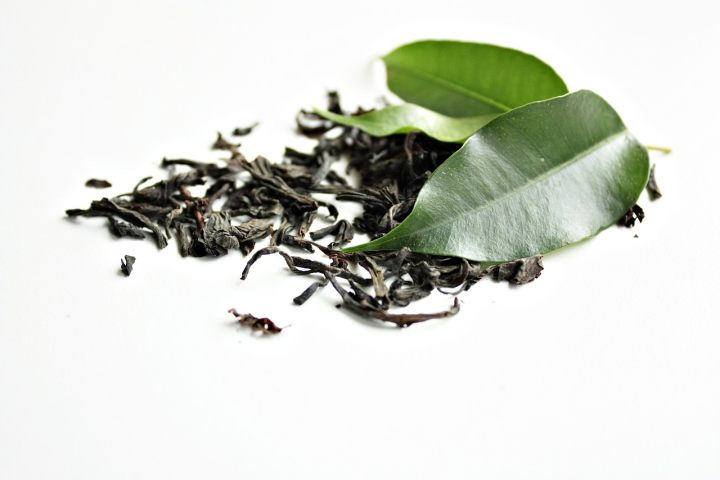
- Rolling
Rolling is the step in which the leaves are crunched up.
Rolling leads to the breaking down of the cellular structure of the leaves and gets the oils and juices flowing giving every kind of tea its unique flavour.
It also leads to even oxidation.
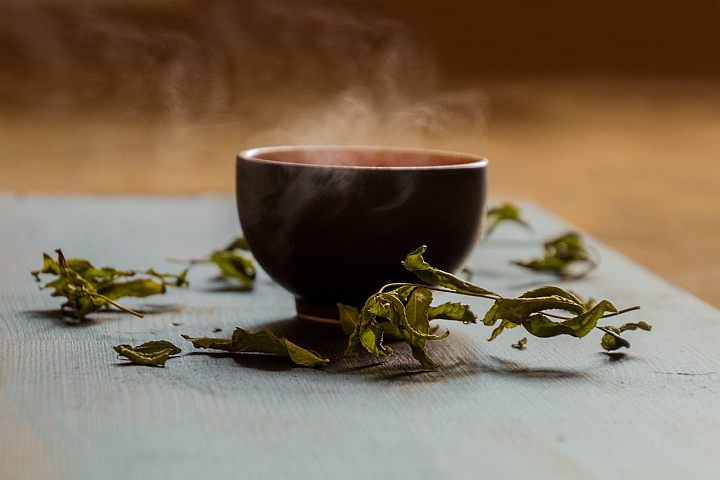
- Oxidation
For those teas where oxidation is required, the leaves are placed in a temperature controlled room where they turn darker under the influence of enzymes.
The darker colour is brought about by tannins being released and chlorophyll being broken down.
- Drying/Firing
To stop oxidation, tea is dried evenly and its flavour is thus locked in.
Now, let us look at how unique differences in the processing of the leaves leads to different kinds of teas-
Black tea
Black tea first undergoes withering during which the leaves get dehydrated and soak in more oxygen from the air.
After this, the next step of processing is either the orthodox method or the crush, tear, and curl (CTC) method.
This is followed by a complicated and long processing which involves complete oxidation of the leaves for an hour or two at a temperature of 20-30 degrees Celsius and under high humidity.
The result is the characteristically dark brown and black colour of black tea with its heightened flavours and higher caffeine concentrations compared to other teas.
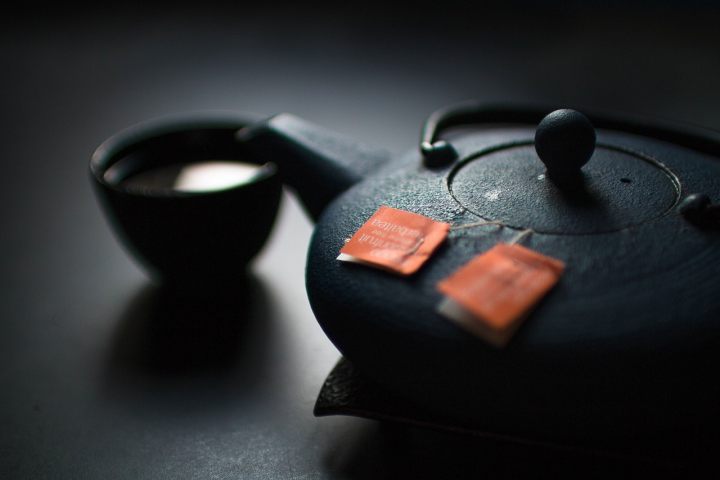
Green tea
After being picked, Green tea undergoes slight withering.
The oxidation process is then halted using heat (firing) very quickly either by steam as in Japan or roasting as is done in China.
This makes the tea leaves retain its green colour and have less caffeine as compared to other teas.
The leaves are then dried as separate leaves or they are rolled into tiny pellets to produce gunpowder tea.
Curing is also carried out on the green tea which makes it sweet and mellow.
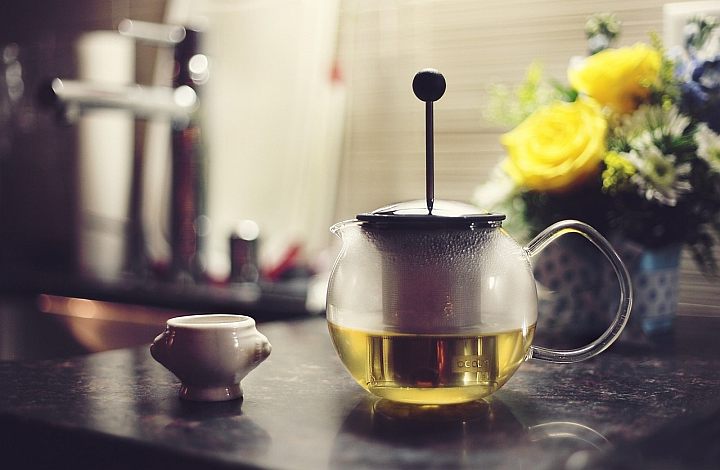
Oolong tea
Processing of Oolong tea takes about 2-3 days starting from withering to drying.
In the rolling stage, the strips of tea are rolled into balls or half balls by putting the damp leaves in big cloth bags which are pressed by hand or machines.
Oolong also benefits from aging and charcoal firing.
It then undergoes partial oxidation for a relatively short time period which is somewhere between that for green tea and black tea.Oolong tea has incredible health benefits that must be reaped by us all.
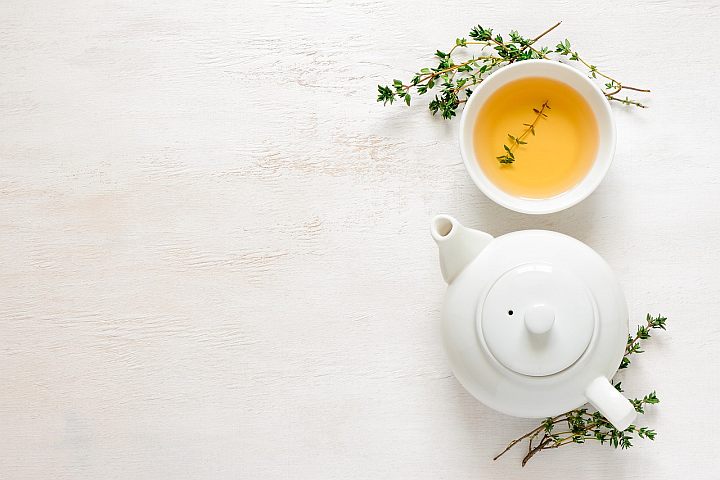
White tea
The delicate tasting White tea is made by choosing young leaves or buds which undergo oxidation for a short time, followed by a small amount of withering and then halting the oxidation using heat.
The buds are shielded in a way that chlorophyll doesn’t form in them.
The leaves do not undergo fixation and aren’t kneaded.White tea is liked for its subtle, sweet and complex flavour.
Yellow tea
Although it is processed in a similar way to Green tea, Yellow tea goes through more oxidation and is not dried instantly after fixation.
It is instead stacked, covered and gently warmed under humid conditions.
This leads to oxidation of the chlorophyll in the leaves through non-microbial or non-enzymatic means thus giving the tea its yellow or greenish-yellow colour.
Sweltering or Yellowing is a step unique to the preparation of yellow tea. Warm and moist tea leaves are heated in closed containers causing the green leaves to turn yellow.
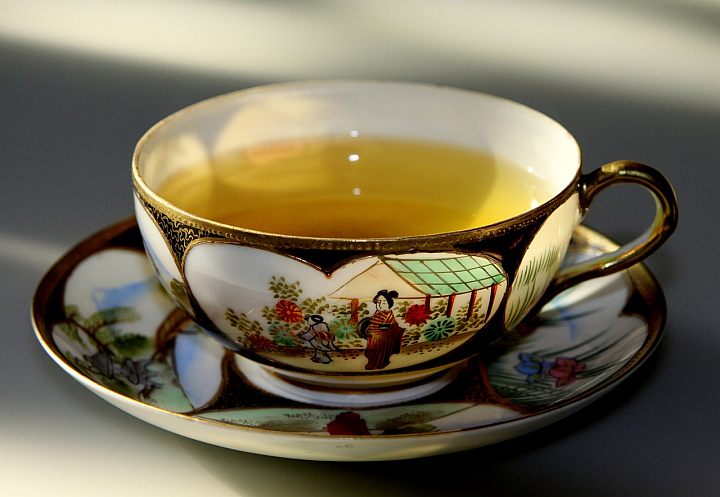
Thus we can see that tea production is an art and the geographical conditions, climate and most importantly the method of processing can give rise to several beautiful forms of tea.
Images courtesy: pixabay.com
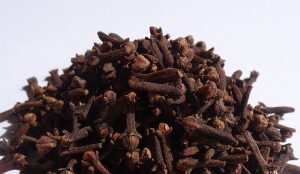
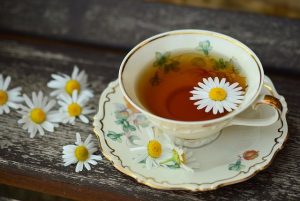
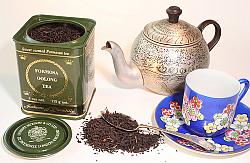
Leave a Reply